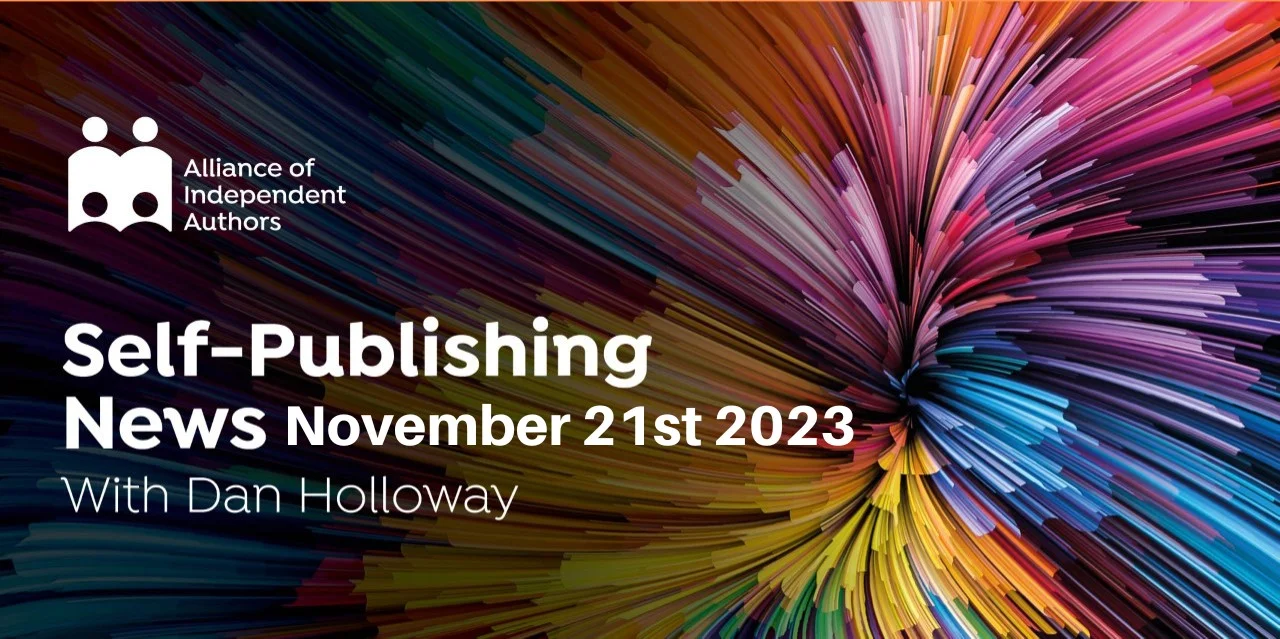
ALLi News Editor, Dan Holloway
It feels like a particularly poignant time for me personally to be featuring a story about prizes, as I take a look at a new Baillie Gifford Study. Aside from the Stroud Literary Festival Junior Poetry Prize (3rd place behind the fabulously titled “Cricket and Ian Botham’s Nose”), the first award I was aware of was, like many, the Booker (the year Anita Brookner won for “Hotel du Lac”). And it was a Booker winning novel devoured in a cold Oxford winter that made me long to be a writer. That was “Possession”, and I will revisit it again this winter after the death, this week, of the author A S Byatt.
Which is a fitting introduction to a really interesting item that came to my attention this week. This time of year is prize season in the literary world. The Booker is one of the really high value prizes to be awarded. Its £50,000 non-fiction counterpart is the Baillie Gifford Prize.
This year’s Baillie Gifford winner was John Vaillant, for Fire Weather, his searing book on fossil fuels and climate change. Vaillant wins £50,000. But what is the value beyond that of prizes like these? This year, Baillie Gifford have partnered with Nielsen to try and put a figure on the “value add” of the prize. A fascinating exclusive from Publishing Perspectives casts an eye over some of these numbers.
The Survey Stats
The survey looks at the four weeks prior to and subsequent to winning for each winner from 2016 onwards (excluding the unusual 2020). And the headline figure is spectacular. The winner of the prize averages, it seems, an 857% uptick in sales.
That’s very impressive. A closer look, however, shows a reality that might be a little more grounding. The most impressive jump between those periods was 696 to 7,028. Another title managed only 704 copies in the 4 weeks after the award. And in terms of lifetime sales, the totals range from 134, 000 at the top end to a far more modest 5,910.
For me the take home is that even for the most prestigious, lucrative, high profile awards, the impact, while significant, is not such that it makes a clear case for the commercial value of taking part. And these are figures for the winners; not the shortlist, or the hundreds of others each year.
Really getting behind a title for a prize can be an expensive affair. Entry fees and marketing contributions do not come cheap. As indies, many of these prizes aren’t open to us. But even where they are, figures like this mean that we need to give it some serious thought before we decide to commit our efforts and expenses for commercial reasons.




